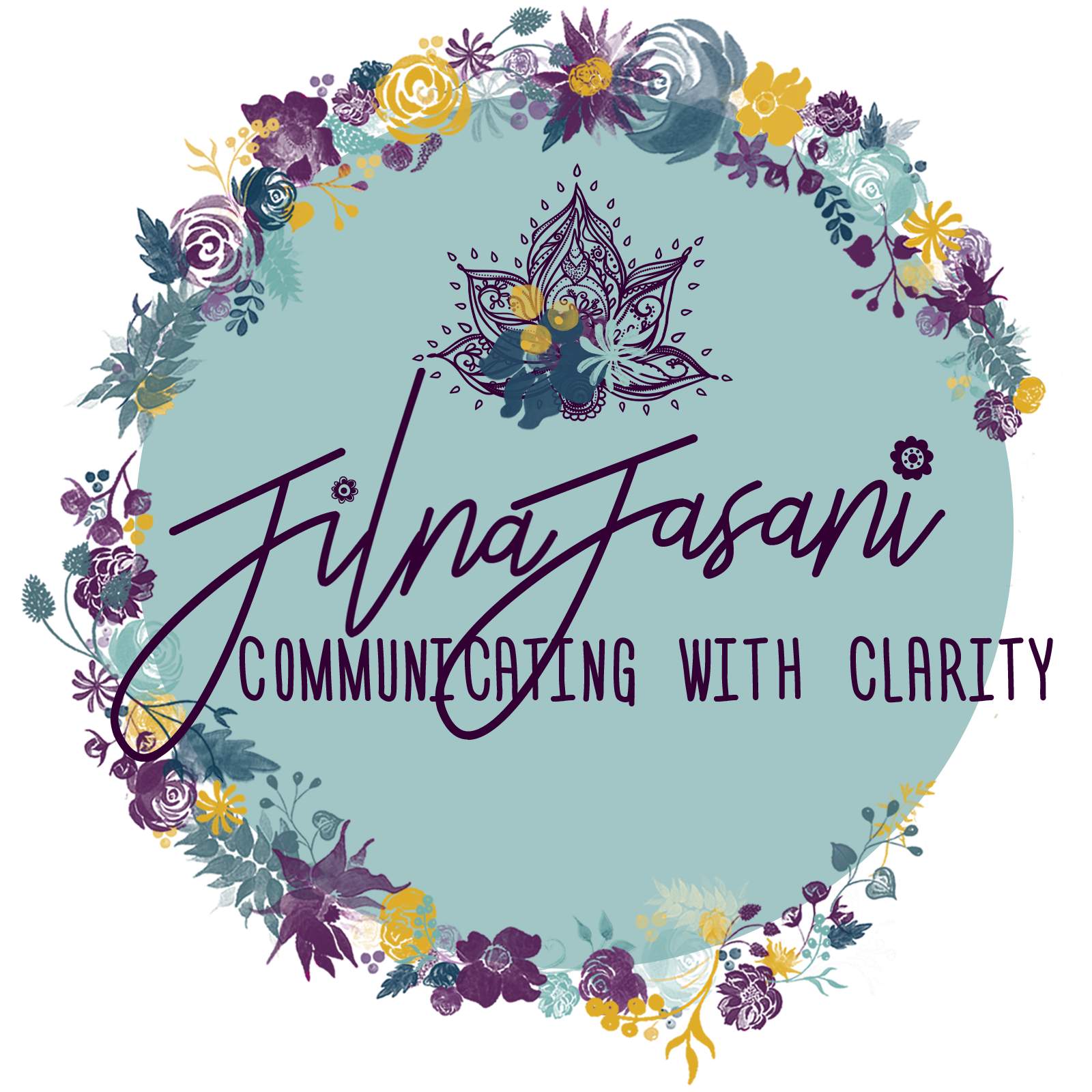
Connect to Your Body

Young children absorb the trauma of their mothers.

They are aware of their own bodies and can feel our tension, rigidity, and pain. If we suffer, they internalize and inherit the suffering.
It’s why oftentimes we can see our children mirroring our own behavior.
- A four-year-old pushes his eleven-month-old brother. His mom worries he is becoming a bully. Is Mom exerting qualities of a bully? Does she act controlling or dominating?
- A seven-year-old forgets something for the tenth time. His mom worries about him not being able to focus. Which areas of our lives is Mom multitasking and procrastinating in?
- A six-year-old hoards her toys. Her mom worries she will become a selfish adult. Does Mom sometimes feel she deserves everything? Perhaps she doesn’t listen to those who do not agree with her.
- An eight-year-old doesn’t play fair. His mom worries he will become a rebel. Where is Mom being a rebel in her own life? Does she crave independence and engage in unpopular beliefs?
- A three-year-old is having a meltdown. Her mom worries she will become needy. Does Mom seek attention from others?
- A five-year-old lies about how much screen time he’s used. His mom worries he is becoming a liar. Where is Mom manipulating, acting, or being inauthentic?

This pain we hold is the constriction of our emotions from our own mothers’ pain. The child version of us, or our inner child, still lives within us, because the pain we felt as young children was never processed, made sense of, and released.
The pain is a message from our inner child that she is still seeking answers as to why the qualities of her true self were constricted. She is still looking to be nurtured and unconditionally loved for who she is. She is looking for attention to help her make sense of her painful emotions and why her self-expression and freedom was taken from her.
For your body to release this pain, it needs to be held in safety. If the pain is not released, its force will continue to grow.
Our adult selves can heal our inner children.
It’s natural to fear that these emotional states are permanent and have thoughts like:
I will stay stuck forever.
I will never get out of this trap.
This is life. I just need to find ways to deal with it.
But when we realize that we have all been wounded, including our parents or early caretakers, AND we all have the capacity to heal ourselves, then we can walk the journey to become a mother to our inner child. We can create safety and acceptance, acknowledging her pain that arises out of the ego mind. We can hold these constricted feelings in safety and allow our inner child to process what she is feeling. We can embrace that part of us by ourselves and for ourselves, slowly breaking down the walls to create windows for these trapped feelings to release and finally allow our inner child to grow and naturally unfold. We can give permission to our heart to feel safe enough to open and feel again.
Emotional or physical pain is the portal to growth.
We birth our children through physical pain. And on the other side of this pain is a deep love. This is nature’s intelligent way to teach us that pain and pleasure are polarities that live in the mind. They aren’t good or bad.
When we explore trauma and pain as a part of the human experience, we better understand the meaning of healing. We understand that we are here to unfold, transform, and transcend the parts of us that have been suffering. Healing is hardly about blaming our parents or early caretakers. It is about realizing that suffering is a part of the human experience, but so is healing. There is no duality between the two. There is no victimization between the two. There is only a choice to move in the direction of truth or fear. Love or hate. Progression or regression. Growth or death.
Allow me to share an example.
Have you ever been in a position where your children have done something that has angered you deeply, but your spouse seems to be neutral about it?
When Jian was three, I would sit down with him to do his Kumon lessons, and no matter what I tried, he didn’t want to engage. I tried to give him my best, and within the first ten minutes, I was left feeling so frustrated and burdened, I ended up yelling and screaming at him, while Jigar internalized his thoughts, walking away seemingly able to better understand that Jian simply wasn’t ready for these sorts of lessons. It left me confused as to how his thoughts and reactions were the polar opposite of mine.
What I’m describing here is the concept of duality. My inner child’s perception of the same situation was vastly different than that of Jigar’s inner child. The pain, though expressed differently for each of us, lived in our mind, within our own perception.
When we reconnect with what is happening in the present moment, we reconnect our body and feelings to what is going on around us and the people around us.
In having compassion for the anger that my inner child holds, and then getting present with myself through compassionate inquiry, I was able to get a little bit closer to my true self, to find the root and resolution of the anger. And in repeating this process over and over again, in the present moment, I was able to make sense of the truth behind Jian’s needs as well as my fear around Kumon.
Here are some questions that help us get present:
- How do you feel? By paying attention to what is happening in your body and where the pain lives.
- Inquire within yourself if there is anything wrong with allowing what you feel to be there. If not, allow the pain to be there.
- Inquire if you can accept the feelings arising with the pain. Consider that they are there because they need to show up to help you. It’s their way of asking you to explore what you are experiencing, so you can make sense of why the pain is there.
- The feelings have been there for many years. You may find they will come and go. Give them your full attention. They haven’t been seen or heard for so many years.
- Notice what happens. Allow them to worsen if they do. Become curious: can you find a reason as to why they would worsen?
- Understand that you can’t go back into the past to change the feelings of your inner child. But you do have the power to change what they mean today. You can work with how they show up in your daily life today, how they show up in your interactions with your children today.
- Whatever you do, don’t shut off the pain. Accept it and remain vulnerable to it. It is your guide to exploring why you’re unable to communicate with your children.
When your inner child feels heard and safe enough to self-express and be free, you will enter curiosity.

When trying to make sense of your children’s experiences, we must first make sense of our own.
I’m offering a live 3-month Group Coaching Intensive to teach moms of children between 3-8 years old how to understand themselves in order to understand their children.
I teach you how to use inquiry with compassion to make sense of your children’s experiences, and to bring clarity to what they say and what they actually mean, so that we can better connect and communicate with them.
If this interests you, I’m opening spots for my Group Coaching Intensive.
Apply for a Foundations Exploration Call here if you’d like to learn more.

